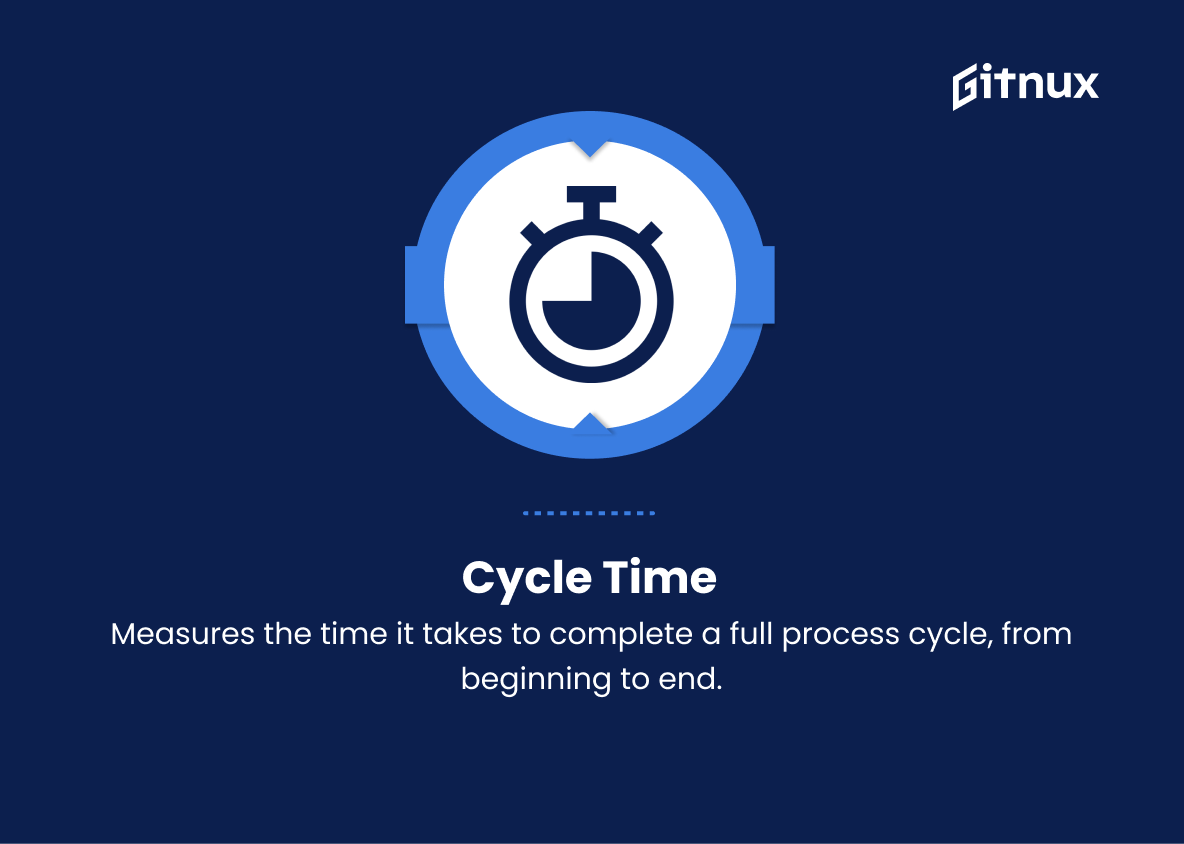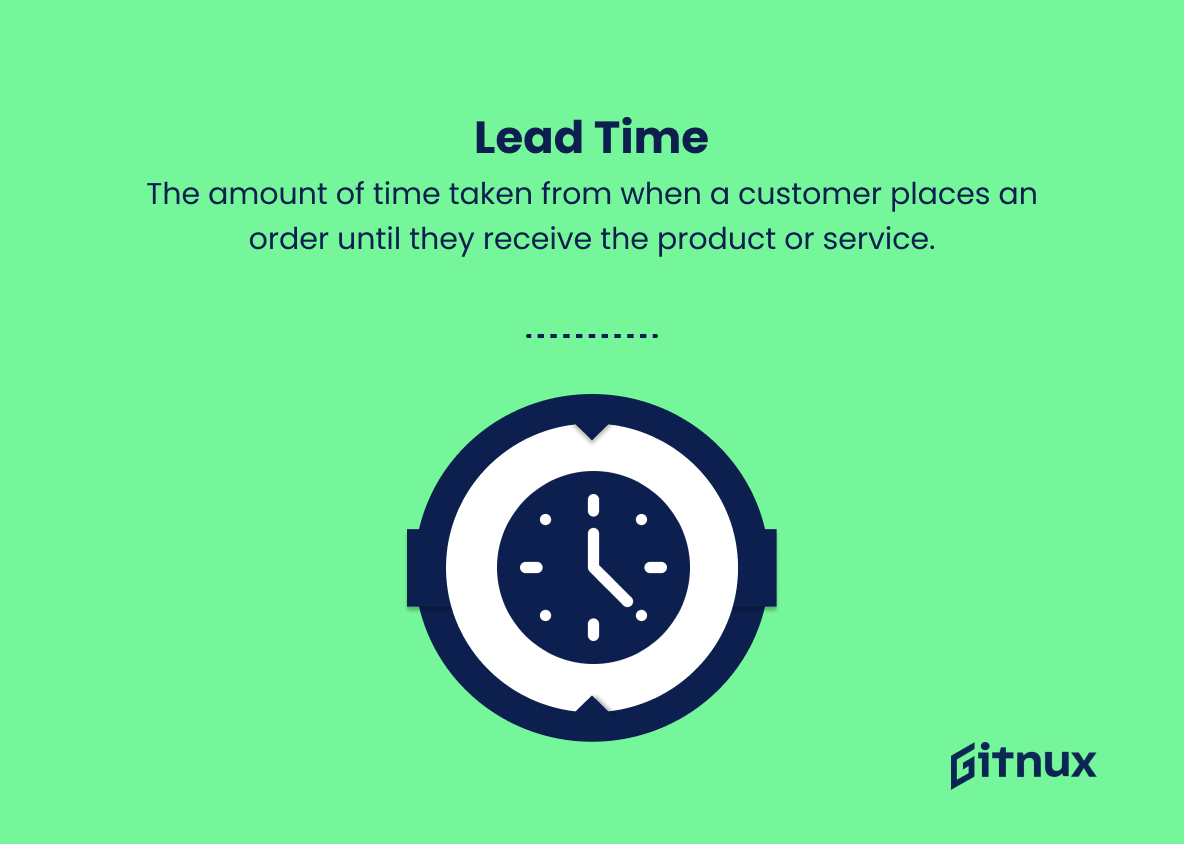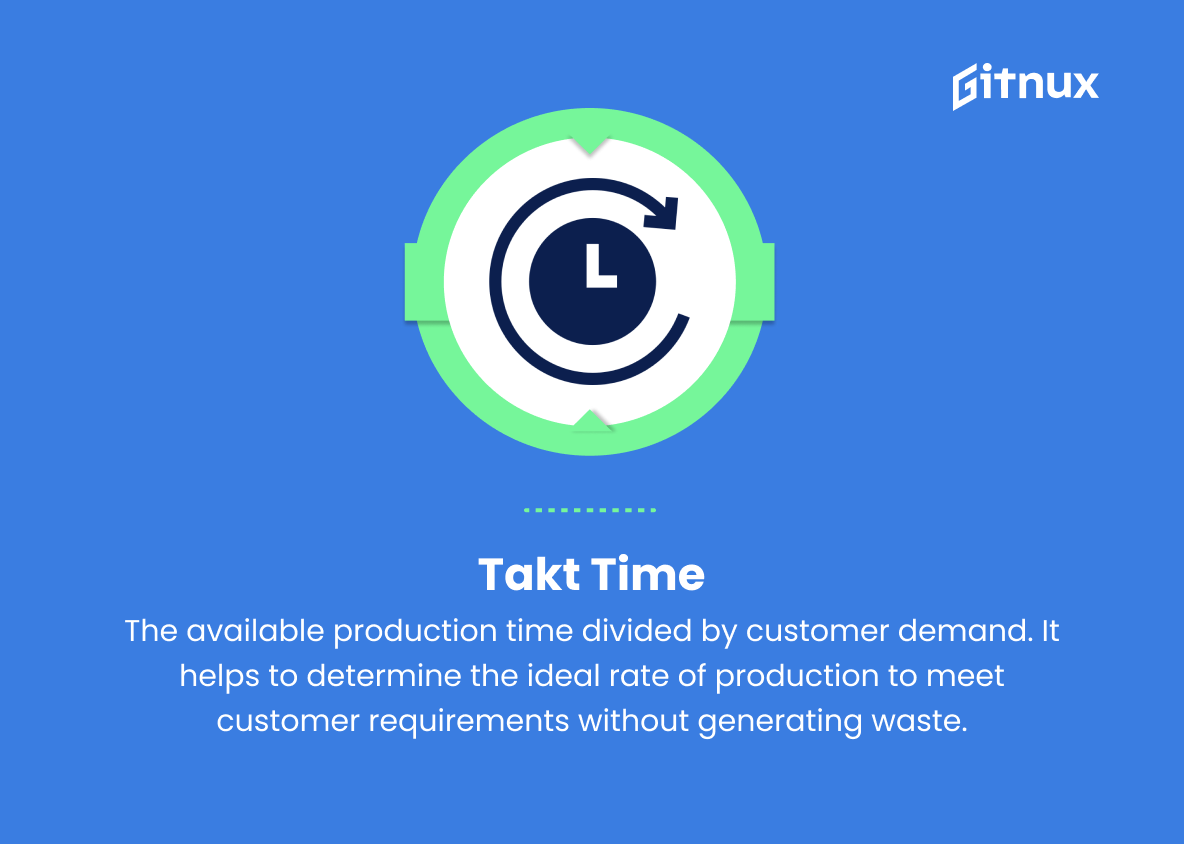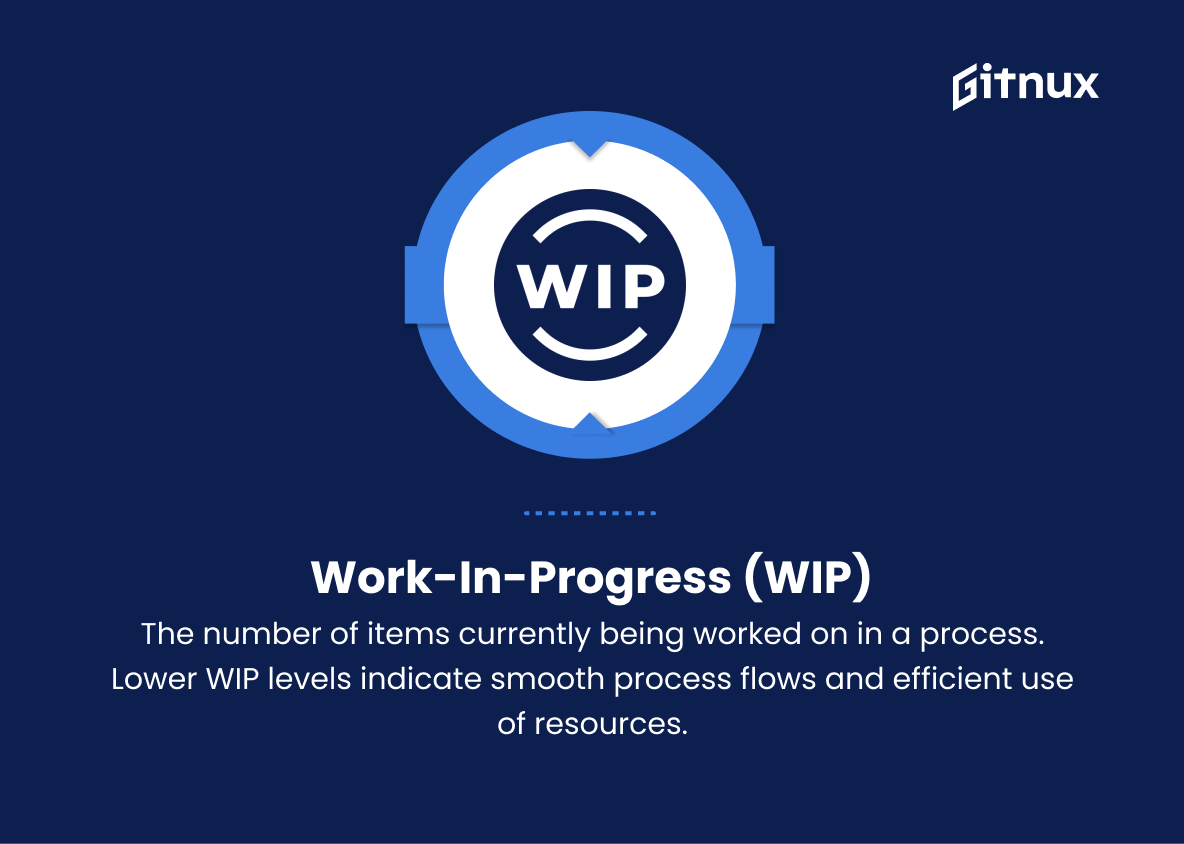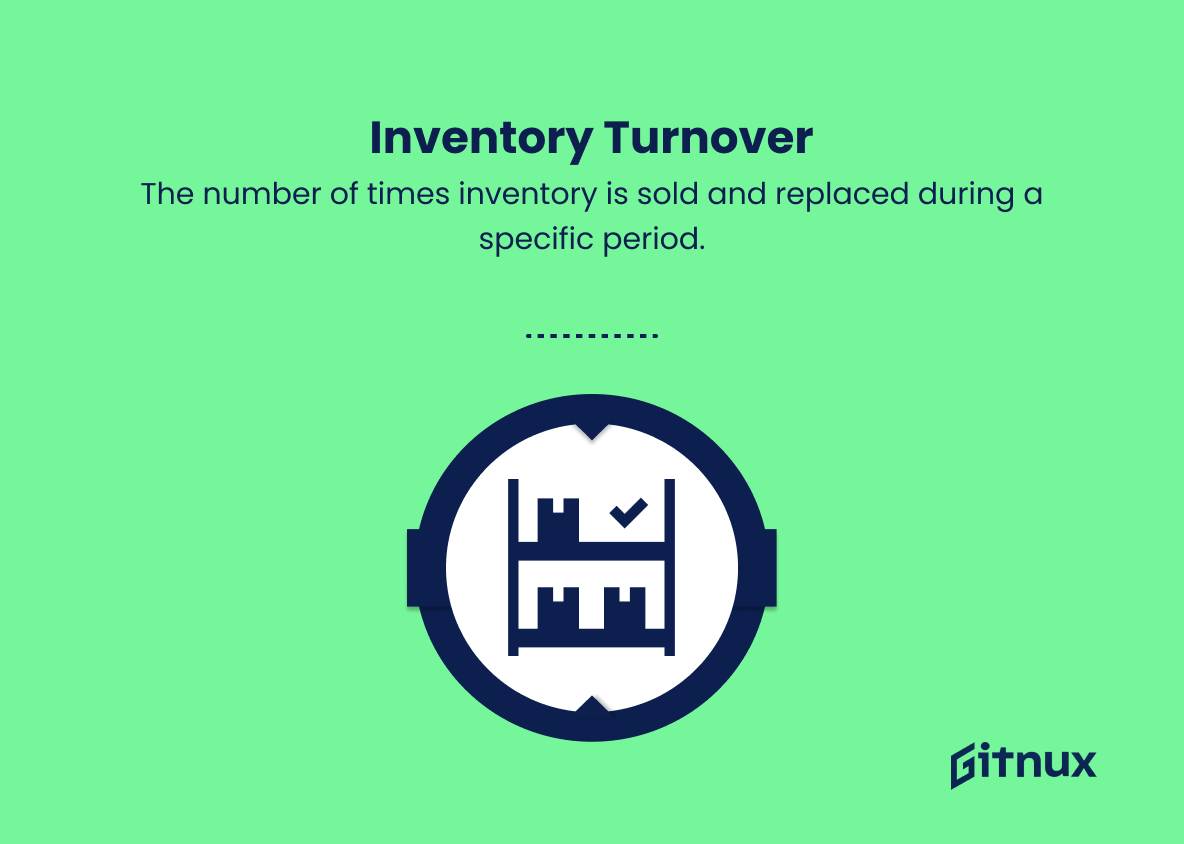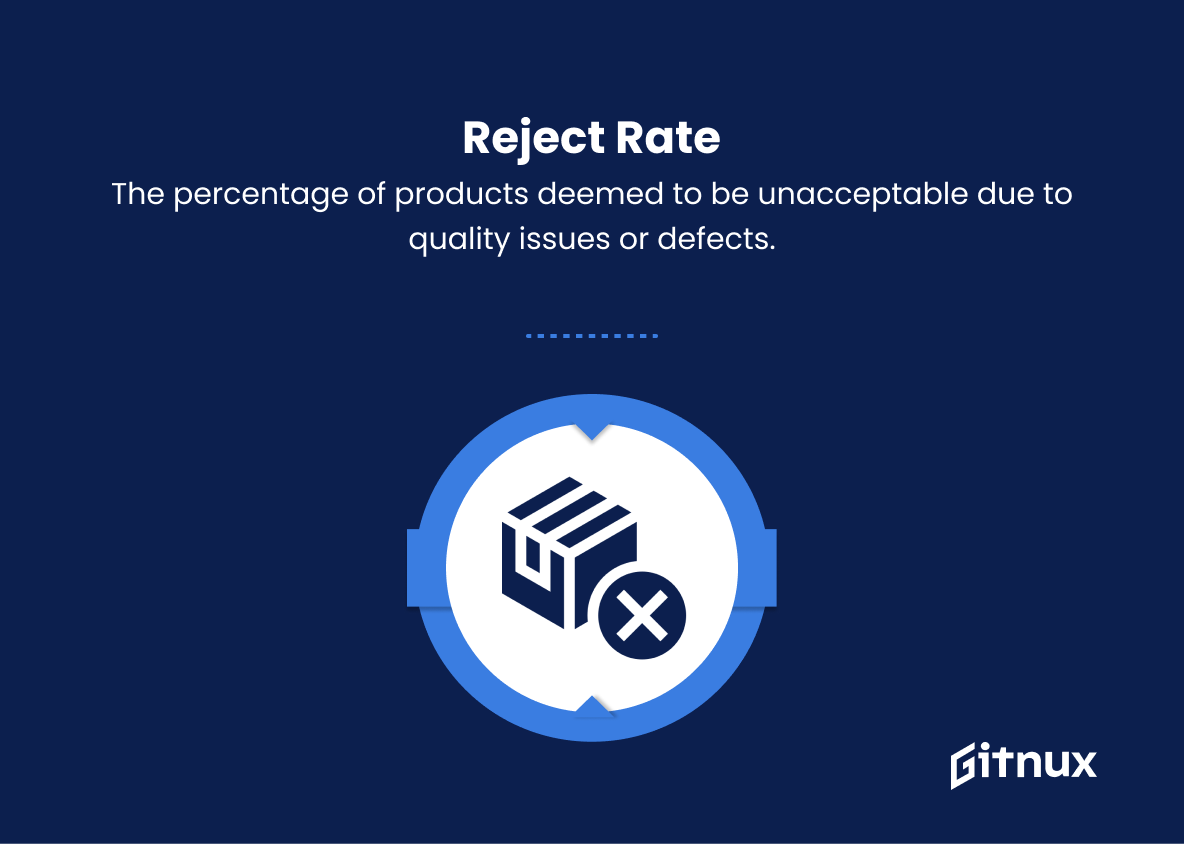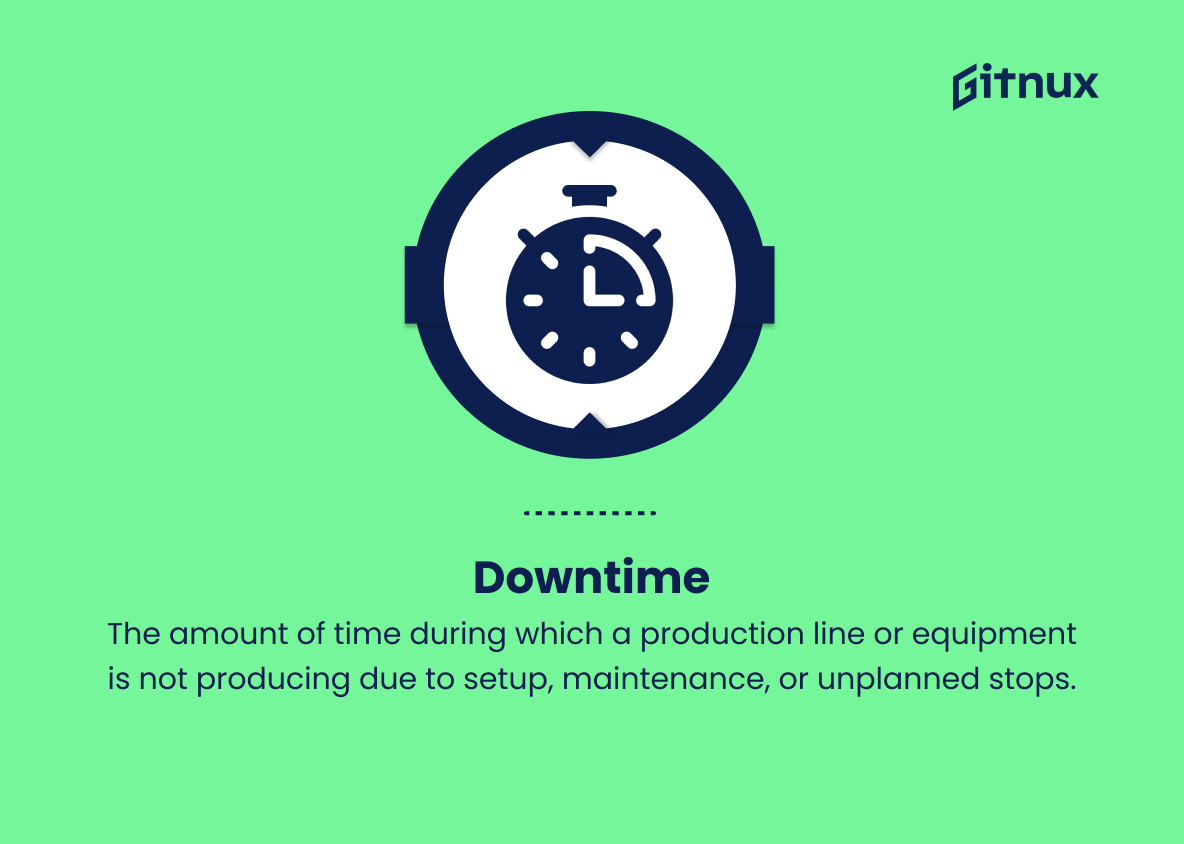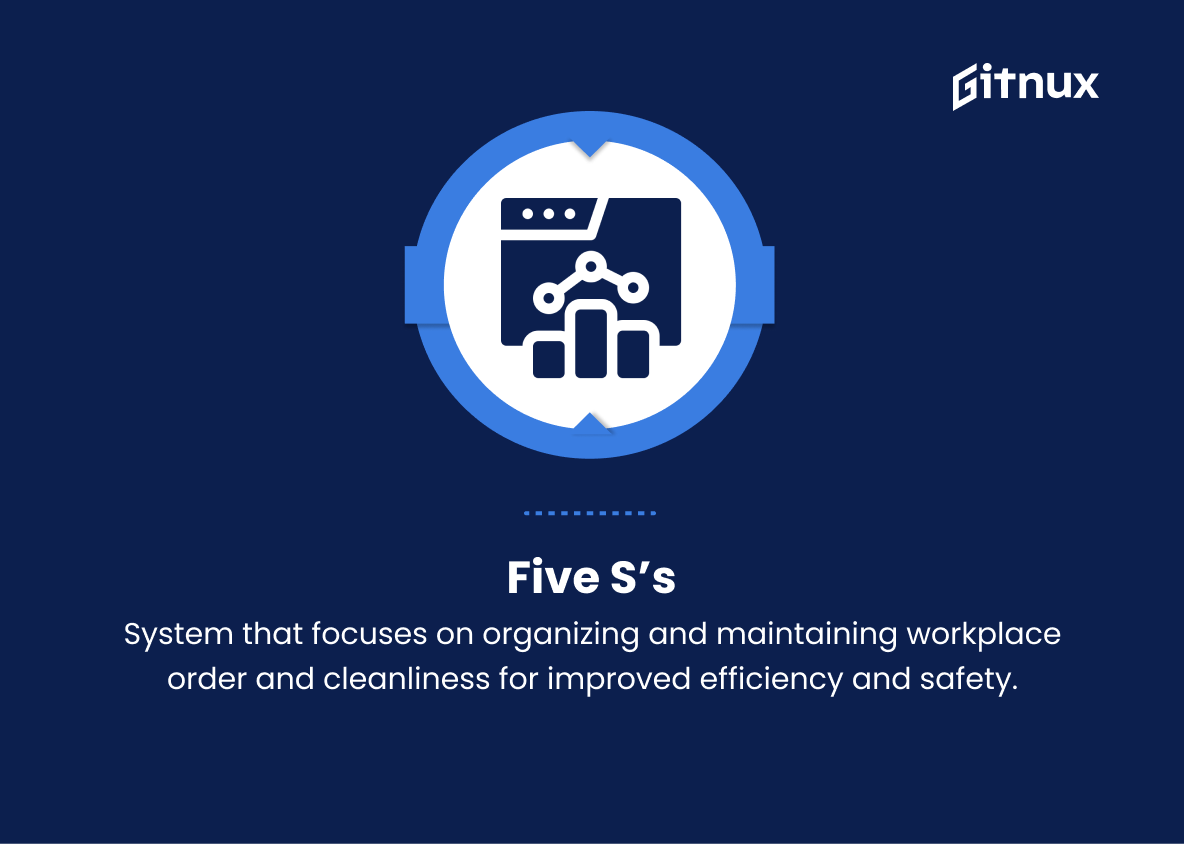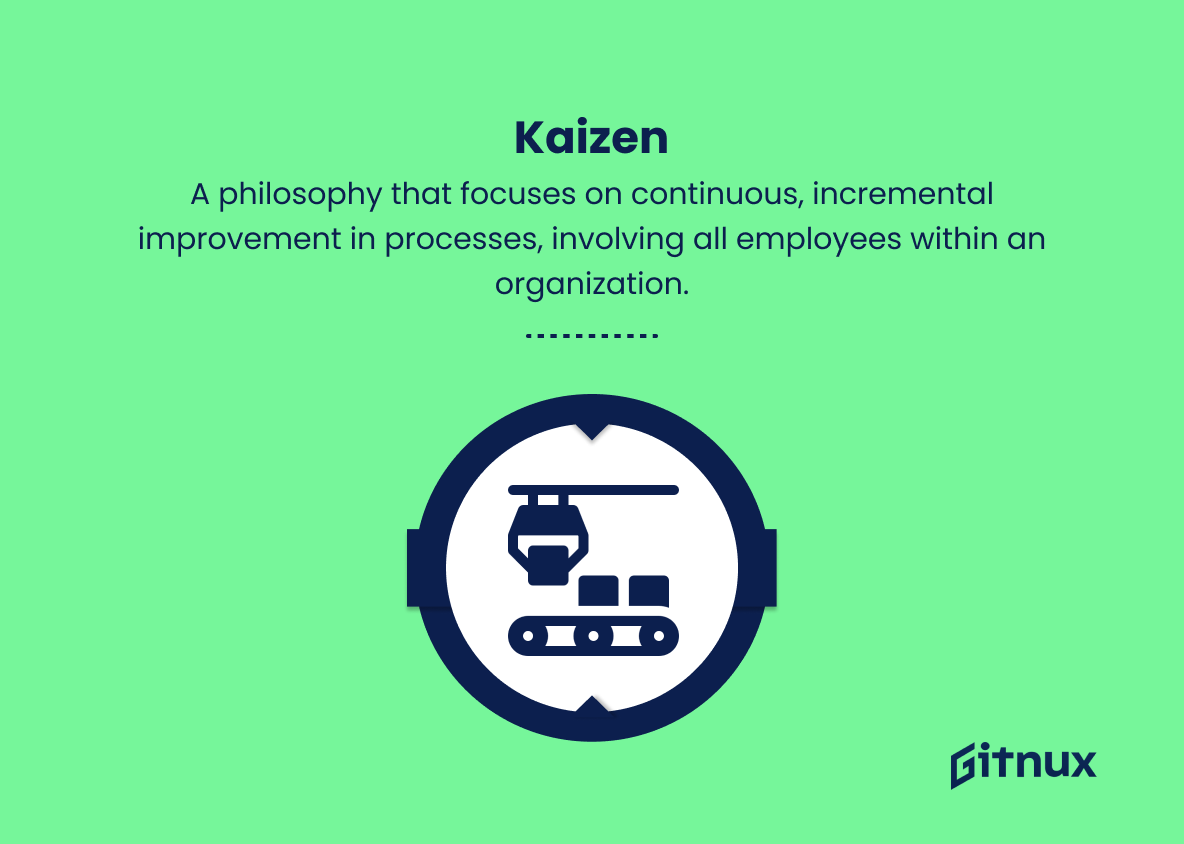In today’s fast-paced business landscape, organizations are continuously on the lookout for innovative ways to streamline their processes, reduce waste, and optimize performance. With the advent and adoption of the Lean methodology, companies now have the tools to not only achieve their efficiency goals, but also to measure their success effectively. Lean Performance Metrics serve as the backbone for this transformative journey, allowing organizations to quantify improvement, identify problem areas, and structure their continuous improvement strategies.
In this revealing blog post, we will explore the importance of Lean Performance Metrics and delve into the key indicators that can help drive organizational success for a sustainable, competitive edge.
Lean Performance Metrics You Should Know
1. Cycle time
Measures the time it takes to complete a full process cycle, from beginning to end. It helps to identify bottlenecks and areas for improvement to minimize waste and increase efficiency.
2. Lead time
The amount of time taken from when a customer places an order until they receive the product or service. Reducing lead time improves customer satisfaction and lowers inventory costs.
3. Takt time
The available production time divided by customer demand. It helps to determine the ideal rate of production to meet customer requirements without generating waste.
4. Overall Equipment Effectiveness (OEE)
Evaluates how effectively a manufacturing operation is utilized by considering factors such as availability, performance, and quality. Higher OEE indicates less waste and more efficient production processes.
5. First-pass yield
The percentage of products that meet quality standards without any rework or repairs. High first-pass yield rates indicate efficient and accurate production processes.
6. Throughput
The amount of product produced per unit of time. Higher throughput signifies better productivity and increased efficiency.
7. Work-in-Progress (WIP)
The number of items currently being worked on in a process. Lower WIP levels indicate smooth process flows and efficient use of resources.
8. Inventory turnover
The number of times inventory is sold and replaced during a specific period. Higher turnover rates indicate that a company manages its inventory well and reduces the likelihood of stock obsolescence.
9. Setup time
The time it takes to prepare equipment or production lines for a new process or product run. Reduced setup times increase efficiency and optimize production capacity.
10. Reject rate
The percentage of products deemed to be unacceptable due to quality issues or defects. Lower reject rates indicate a better-quality product output and improved manufacturing processes.
11. Downtime
The amount of time during which a production line or equipment is not producing due to setup, maintenance, or unplanned stops. Minimizing downtime is crucial for improving overall efficiency and productivity.
12. Value Stream Mapping (VSM)
A technique used to identify and analyze the flow of materials and information within a process to identify areas of waste and opportunities for improvement.
13. Five S’s
System that focuses on organizing and maintaining workplace order and cleanliness for improved efficiency and safety. The five S’s include Sort, Set in order, Shine, Standardize, and Sustain.
14. Kaizen
A philosophy that focuses on continuous, incremental improvement in processes, involving all employees within an organization. This approach aims to eliminate waste, improve efficiency, and increase customer satisfaction.
Lean Performance Metrics Explained
Lean performance metrics, such as cycle time, lead time, takt time, overall equipment effectiveness (OEE), first-pass yield, throughput, work-in-progress (WIP), inventory turnover, setup time, reject rate, downtime, value stream mapping (VSM), 5S, and Kaizen, play a crucial role in evaluating the effectiveness of manufacturing and business processes. These metrics help identify bottlenecks, areas of potential waste, and opportunities for improvement, ultimately leading to increased efficiency and customer satisfaction.
Metrics like cycle time, lead time, takt time, and OEE provide insights into the flow and speed of production, while first-pass yield, throughput, and reject rate focus on the quality and productivity aspects of the process. Work-in-progress and inventory turnover, on the other hand, gauge the efficiency of resource management. Setup time and downtime reveal areas where improvements can be made in equipment utilization, while value stream mapping, 5S, and Kaizen methodologies offer a structured approach for continuous improvement and waste elimination, resulting in a more streamlined and efficient operation.
Conclusion
In summary, Lean Performance Metrics are essential in driving an organization towards streamlined processes, optimal efficiency, and long-term success. By measuring and analyzing these metrics, businesses can effectively identify areas for improvement, eliminate waste, and ultimately create an environment that fosters continuous growth and innovation.
Adopting and embracing Lean Performance Metrics requires a thoughtful approach, clear understanding of objectives, and a commitment to continuous improvement. By doing so, organizations can stay ahead of the competition, satisfy customer expectations, and ensure sustainable growth for years to come.
